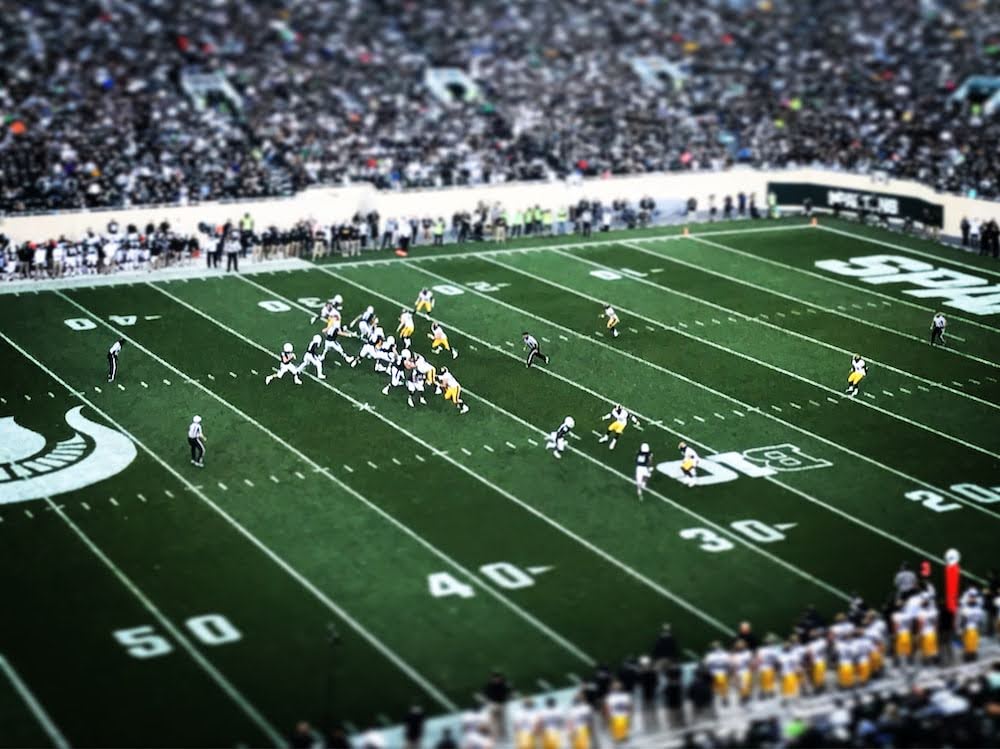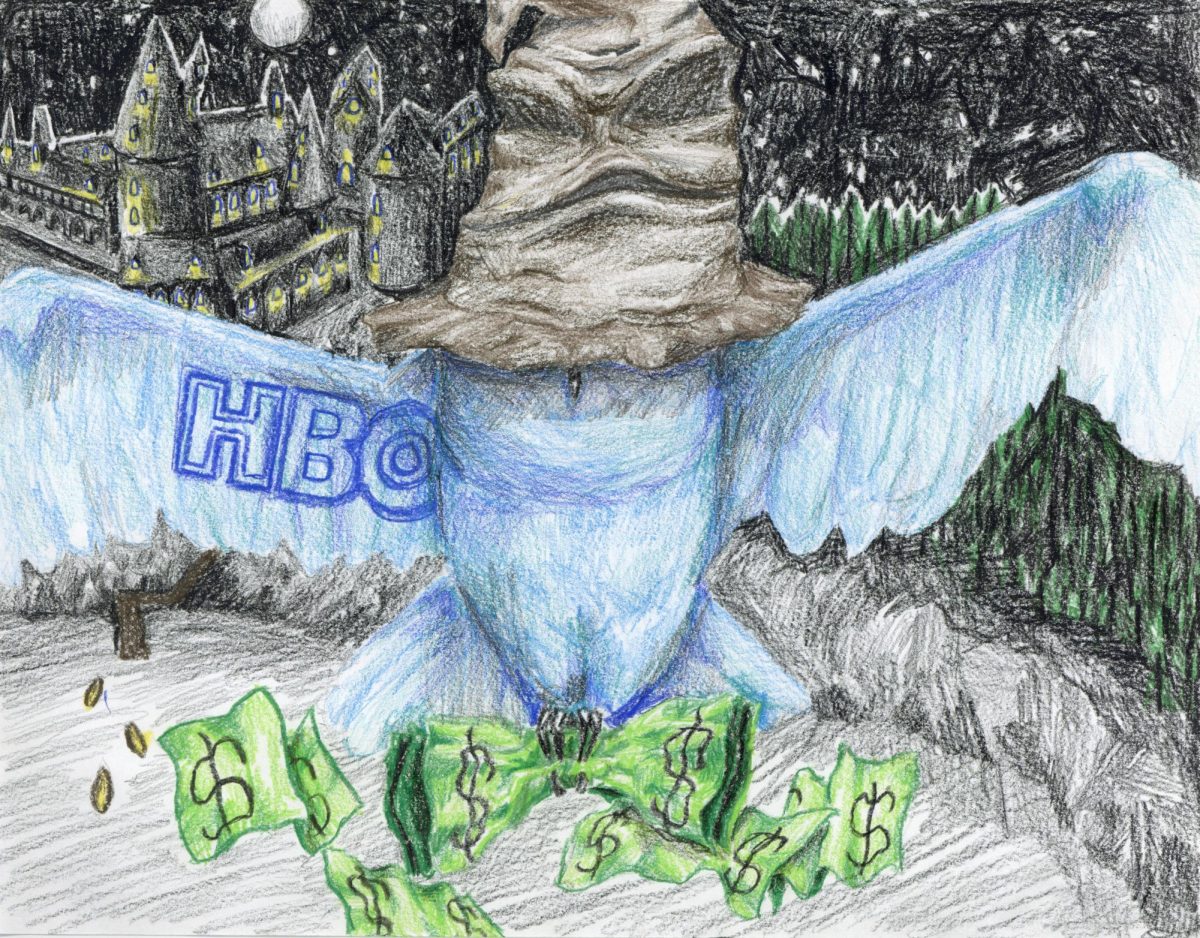When the NCAA passed a bill allowing college athletes to make money off of their name, image and likeness in August 2021, it would alter the landscape of college sports forever. Recruiting would drastically change, and the transfer portal would allow athletes to switch schools and find new financial incentives.
After a longstanding debate over whether collegiate athletes should be able to earn revenue off of themselves while still in school, the passing of the NIL bill marked a new era for college athletes. However, the decision brought controversy, as many people believed schools were “buying” recruits, or using promises of NIL money if recruits were to commit to a certain school.
While players gaining revenue for themselves and their families while still in school is a positive step in college sports, NIL has begun to interfere heavily with recruiting, and is making college athletics a more complicated landscape that does not allow for smaller programs to land big-time recruits due to financial constraints.
Now, nearly three years after the passing of the initial NIL bill, NCAA fans, administrators, coaches and sponsors still aren’t sure where to draw the line.
NIL money has, in many ways, improved college sports. However, there need to be limits on coaches using NIL to overly influence high school recruits. While NIL needs to be a part of college sports because of the revenue players generate for their college, it has decreased loyalty to schools and parity in college sports, which are evident in the amount of players both in the transfer portal and flipping their recruitment in high school. College programs should not be allowed to promise or encourage players to seek out NIL money in the recruitment process.
Larger, financial powerhouses such as Texas, Georgia, Oklahoma and Texas A&M have greatly benefitted from NIL. However, many smaller colleges have fallen, as recruits would rather go to a powerhouse to earn more money than play for their hometown team. If these smaller teams are lucky enough to land a very good player, they often leave to these massive schools as they look to earn more NIL deals.
Colorado and first-year head coach Deion Sanders became a perfect example of NIL affecting transfers. While Colorado finished the 2022 season with a 1-11 record, they attracted several transfers that saw the financial promise of the program, and transferred. The Buffaloes landed mid-major flips such as five-star transfer Travis Hunter, four-stars such as Shedeur Sanders and Jimmy Horn Jr. as well as 14 three-star transfers.
While the Buffaloes would finish the 2023 season with just four wins, it was a massive success in terms of NIL. Sanders and Hunter were both amongst the top 10 NIL earners in all of college sports, with Sanders earning 3.8 million and Hunter earning 1.8 million.
These players were not entirely loyal to the school, as it appears they simply followed the money and exposure, which led them to the Buffaloes. Many of these transfers have already left, as they seemingly looked past several schools in favor of the one with the best financial opportunities.
College coaches at all levels have expressed their displeasure with using NIL promises as a recruiting tool.
“When we start using name, image and likeness for a kid to come to our school, that’s where I draw the line,” Alabama head football coach Nick Saban told reporters. “Because that’s not why we did this.”
Being the head coach of a national powerhouse, Saban has used his fair share of recruiting tools, but sees NIL money as an unethical way to land recruits. The recruits can now look past a school’s history of developing players, and commit based solely off of money, which can affect whether they are able to play professional sports.
In short, NIL is a net positive for college athletics, as it gives athletes an opportunity to gain revenue for the work they put in for their school each season. However, NIL money has been uncontrolled, and has created many negative changes to college sports.
Schools throw money at recruits, causing them to not fully evaluate the actual fit of the school, which decreases loyalty, and increases flips and transfers. As a result, the larger programs in college sports continue to grow stronger, while smaller schools struggle to compete in a recruiting landscape dominated by money. NIL constraints would allow for a more balanced recruitment process that increases parity and competitiveness in collegiate athletics.







